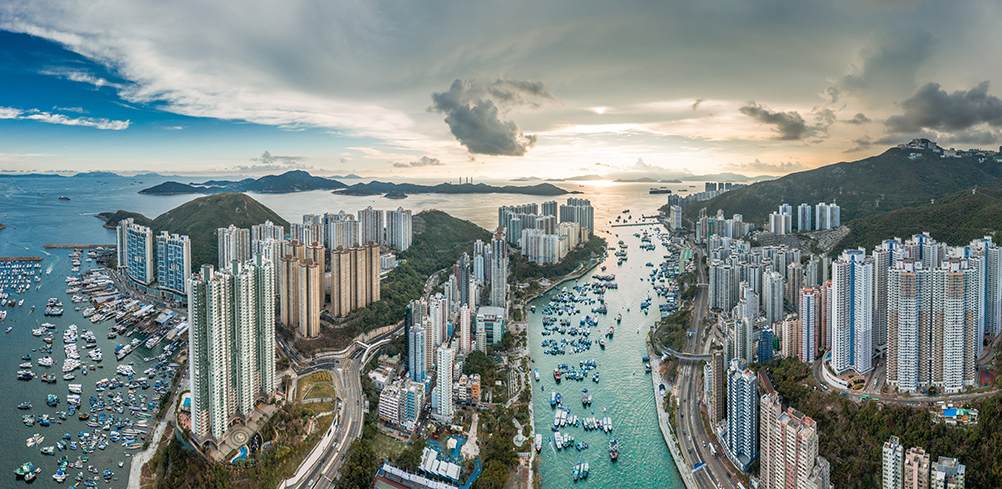Hong Kong real estate
Ready to bounce back
Is Hong Kong is poised for a real estate resurgence? Two years ago, Hong Kong was the world’s third largest real estate market, trailing only New York and London. The twin challenges of protests and a pandemic have taken their toll. So last week, Yardi called in the experts for their take on Hong Kong’s […]

